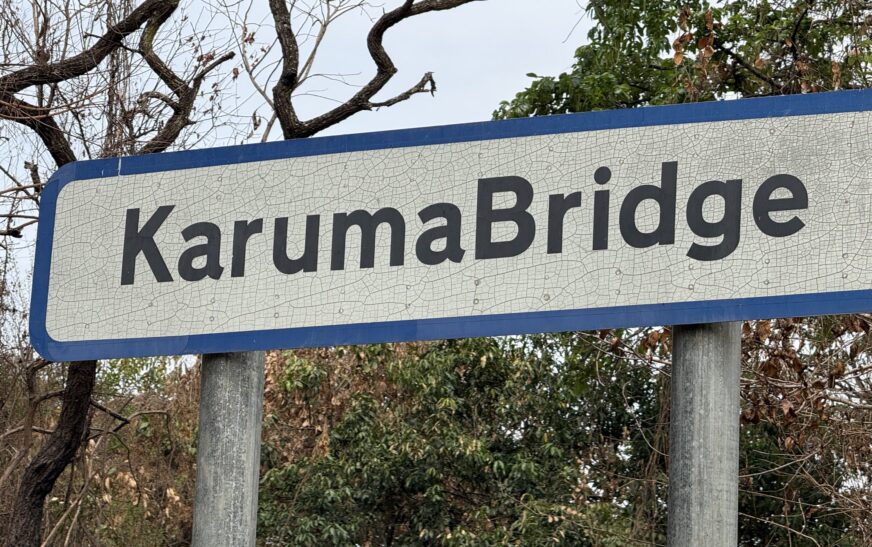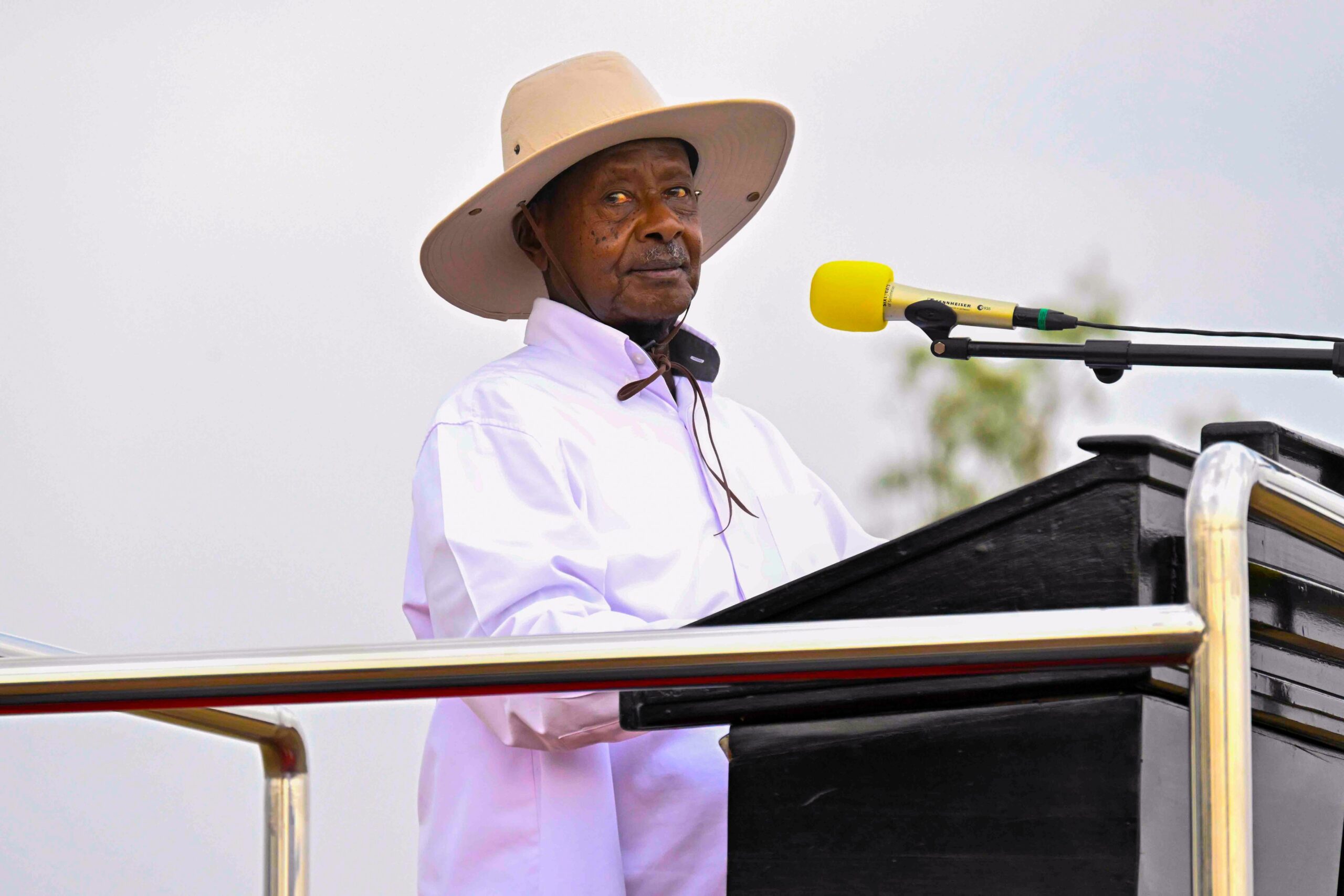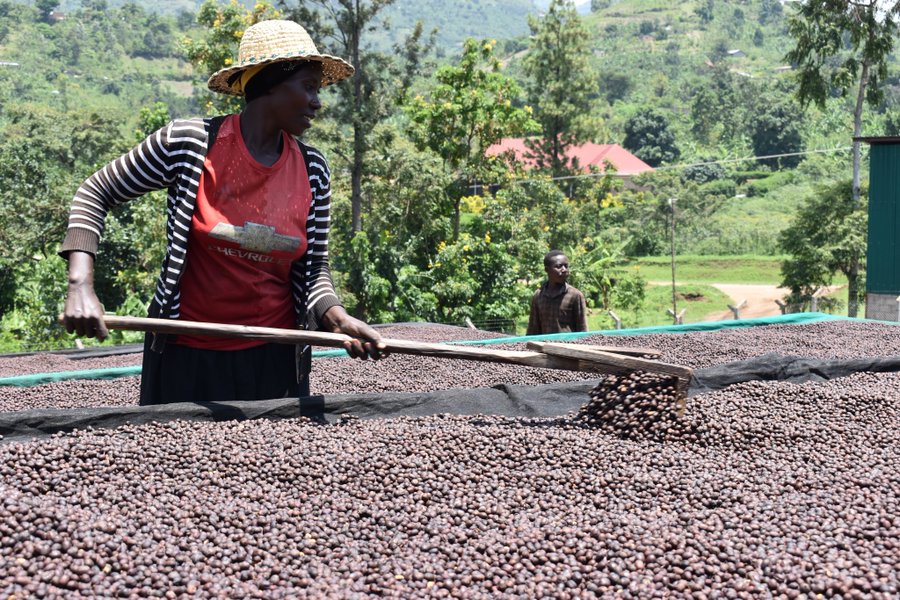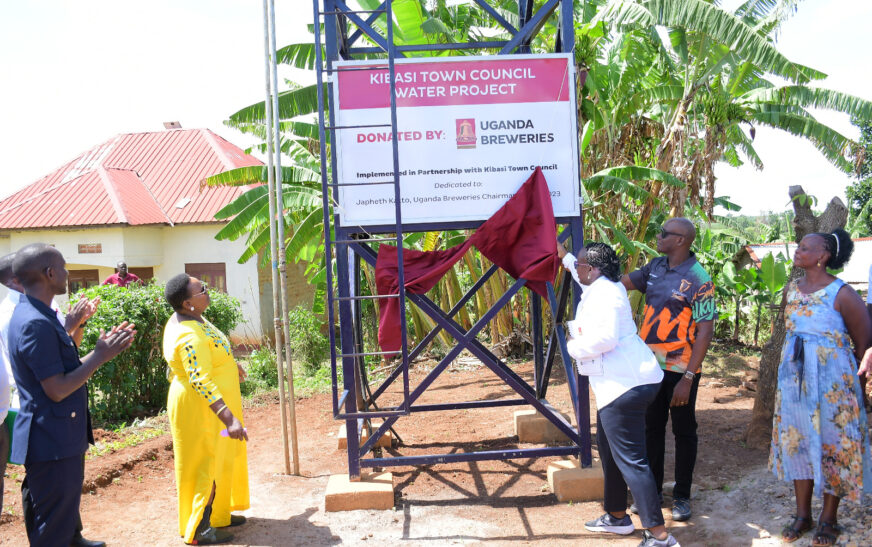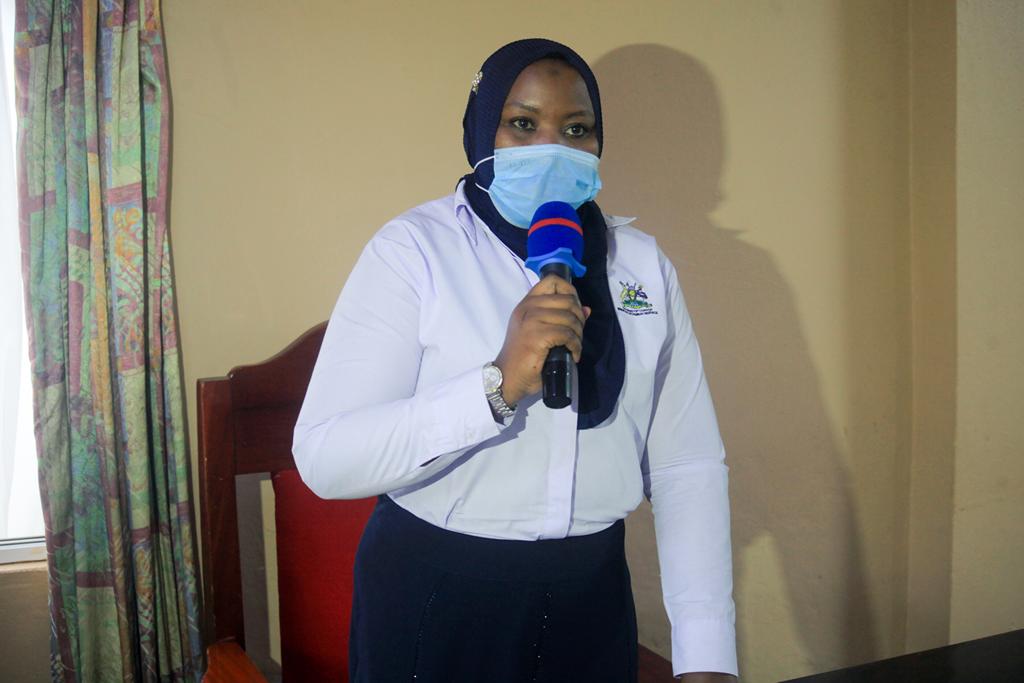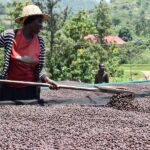Karuma and Ayago Bridges are set to reopen to all traffic following the successful installation and curing of expansion joints, the Ministry of Works and Transport (MoWT) has announced.
Expansion joints are critical components that allow bridge structures to expand and contract with temperature changes and traffic loads. This flexibility maintains structural integrity and extends the bridge’s lifespan.
“The Ministry of Works is pleased to inform the public that Karuma and Ayago Bridges along the Kampala–Gulu Highway will be reopened to all traffic on the morning of Monday, 14th April 2025,” the ministry said in a statement.
While additional works—such as the installation of guardrails, street lighting, river training, cat’s eyes, and painting of the structural steel plate girders—are ongoing, the ministry assured the public that these activities will not disrupt traffic flow.
The bridges were closed last month for scheduled rehabilitation, primarily to install new expansion joints. This marked the second time Karuma Bridge was closed to vehicles, pedestrians, and boda bodas, prompting local leaders and the business community to urge the government to expedite the repairs. The latest closure came just three months after the bridge had been reopened following a prior three-month-long renovation.
In April 2024, the government restricted heavy vehicles from using Karuma Bridge after an assessment revealed significant structural defects, raising serious safety concerns. The National Enterprise Corporation (NEC) and China Seventh Railway Group were contracted to undertake the Shs 7.9 billion renovation, which caused major travel disruptions for those heading to northern Uganda and West Nile. Many travelers were forced to take lengthy detours via Masindi Port and Murchison Falls National Park.
State Minister for Works, Peter Lokeris Ecweru, also announced plans to construct a new suspended bridge at Karuma Falls. In collaboration with the Japan International Cooperation Agency (JICA), the government will build a modern bridge west of the existing structure across the River Nile, with an estimated cost of $100 million.
The original Karuma Bridge, constructed in 1963—a year after Uganda’s independence—is a narrow, single-carriageway structure lacking pedestrian and bicycle lanes or modern monitoring equipment. Over the years, it has been the scene of several major accidents, highlighting the urgent need for an upgraded and safer infrastructure solution.

